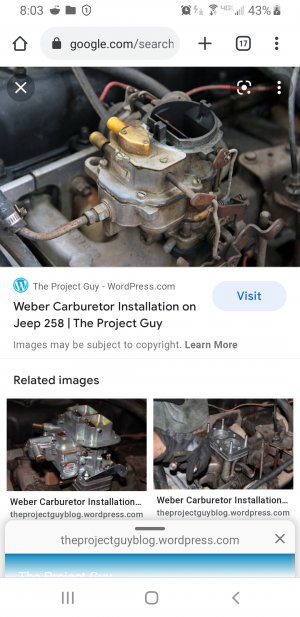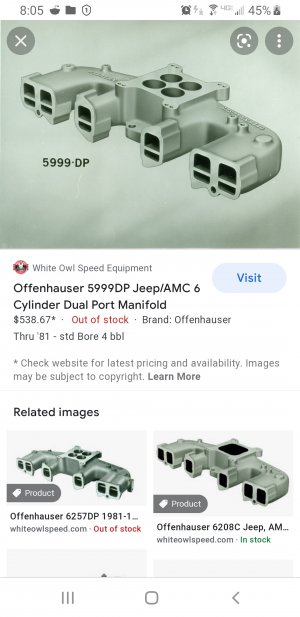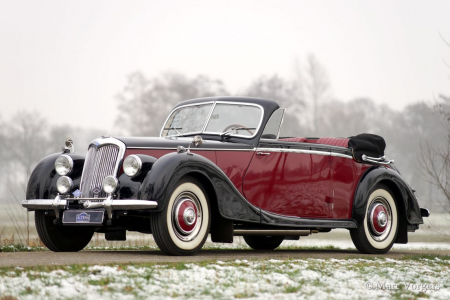This ^^^^
I was told by an independent Jaguar mechanic that people could afford to buy them but couldn't afford to keep them running.
My first car was a '51 Riley Drophead Coupe. A little old lady ran a stop sign and totalled it for me. Dad paid $800 for it and sold it for $1k after it was wrecked. I believe this may be the same car. It didn't look nearly this good when I had it, but I know this is the color scheme that was chosen when it was restored a couple of decades later. The owner tracked me down because I was the last registered owner.
View attachment 375929
It had 2 Lucas fuel pumps, one in the engine compartment and one back by the gas tank. Good planning.
I started drooling over a Jag XK-120 for $1200. My dad called his partner in crime and I got a $350 '59 MGA instead. That car taught me a lot, primarily to avoid English cars.
Lucas: Prince of Darkness
The English drink warm beer because they have Lucas refrigerators.
I lost a friend when a tie-rod broke on his Spitfire at highway speed. It flipped end over end 3 times.


 it was horrible on the straight 6. But the 4 barrel upgrade was great. it was better than the chevy small blocks a lot of guys used. It was twenty years ago i just took screenshots off the web. I was cracking up when i saw this though. The old man across the street thought a bomb went off.
it was horrible on the straight 6. But the 4 barrel upgrade was great. it was better than the chevy small blocks a lot of guys used. It was twenty years ago i just took screenshots off the web. I was cracking up when i saw this though. The old man across the street thought a bomb went off.


